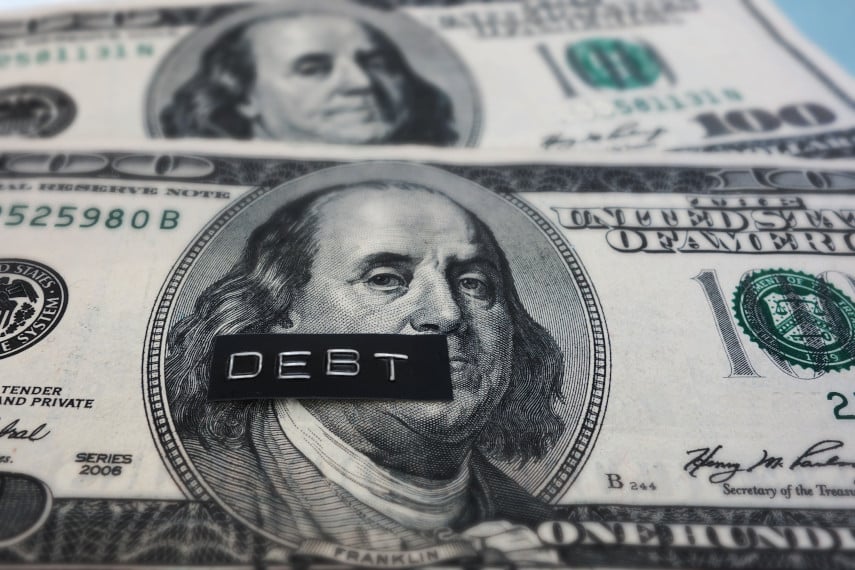
Retirement is a key part of most Americans’ plans, and many are saving via 401(k)s and IRAs. However, different generations save in different ways, and the focus on saving shifts throughout the years.
Differing Goals at for Each Generation
Diversification can refer to using different vehicles to save (gold, bonds, ETFs, mutual funds and stocks) to create a balanced portfolio that could withstand market shocks. It also refers to planning for different financial goals and needs, such as health care, college and retirement. Each of these kicks in at a different stage of life, resulting in a need to create differing portfolios as your goals change.
Millennials Start Earlier
Social Security is no longer the safety net that it was, and by 2034, the current rate of spending means that the Social Security trust fund is likely to be depleted. As a consequence, millennials are more likely to save for retirement at an earlier age — they don’t expect the fund to even pay out when they hit the age of retirement. Generation Xers aged 48 or younger are likely to only get 79 percent of the proposed benefits, resulting in severe financial hardship if they don’t plan ahead for themselves.
College Is Important
Millennials are more likely to have a college fund planned earlier in life, aiming to help their children avoid the long-term financial hardship of going to college. These savings are achieved by 529 college savings plans, which have different benefits according to the type of plan enrolled. Most Generation X savers start saving for college when their children are in their teens; few baby boomers have college plans at all, although a small portion save for their grandchildren.
Health Care Plans For the Future
Baby boomers typically plan for the future in terms of health care costs, which tend to become more relevant expenses as you age. An October 2015 paper from the Employee Benefit Research Institute stated that men need $140,000 at age 65 in 2015 to have a 90 percent chance of covering all health-care costs in retirement, whereas women need $124,000.
Retirement Plans?
More than a third of baby boomers have less than $50,000 in retirement savings, which means they run the risk of running out of money during retirement. Because millennials are starting earlier, a higher portion are likely to have significant sums in the bank before they even think about retirement. Baby boomers in active retirement must also engage in cash management, withdrawing no more than 4 percent of their savings to maintain a steady cash flow throughout their retirement years. As a result, those who have less than $50,000 at age 50 may need to think about aggressively saving for retirement so that they can fund their golden years.
All these savings goals and solutions require a balanced investment vehicle. Gold forms a healthy part of any portfolio and can make the difference between a comfortable lifestyle and a less-comfortable one. Include gold-backed assets in your retirement portfolio helps you rely on your investment, especially at a time when you might not be able to rely on government benefits or affordable health care.
Interested in starting a Gold IRA? Reach out to one of our experts at Goldco to learn how you can protect your retirement.






